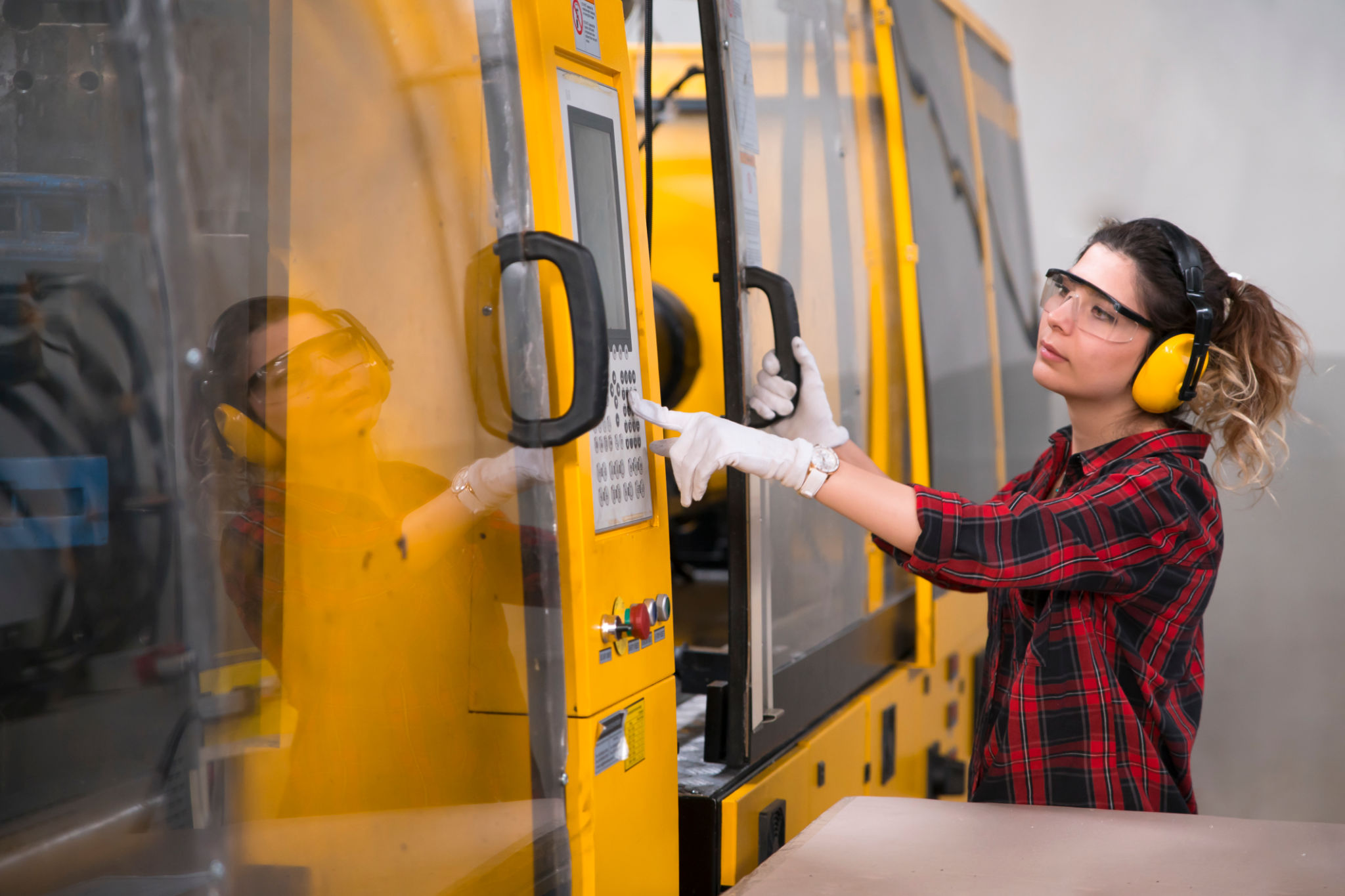A Comprehensive Guide to Injection Molding for Industrial Components
Understanding Injection Molding
Injection molding is a widely used manufacturing process for producing industrial components. It involves injecting molten material into a mold cavity, where it cools and solidifies into the desired shape. This process is particularly popular for its efficiency and ability to produce complex parts with high precision.

The Basics of Injection Molding
At its core, injection molding involves three primary stages: clamping, injection, and cooling. In the clamping stage, the two halves of the mold are securely closed. During the injection stage, the molten material is injected into the mold cavity at high pressure. Finally, in the cooling stage, the material solidifies and is ejected from the mold, ready for finishing.
Materials Used in Injection Molding
The choice of material is crucial in injection molding, as it affects the durability, flexibility, and appearance of the final product. Common materials include thermoplastics like polypropylene, polyethylene, and polycarbonate. Each material offers unique properties that make it suitable for specific applications.

Advantages of Injection Molding
Injection molding offers several advantages over other manufacturing methods. One significant benefit is its ability to produce high volumes of identical parts quickly and efficiently. This makes it ideal for industries that require mass production of components.
Another advantage is the precision and consistency of the parts produced. The use of computer-aided design (CAD) software allows manufacturers to create intricate designs with tight tolerances, ensuring each piece meets exact specifications.

Applications in Various Industries
Injection molding is utilized in a broad range of industries, including automotive, aerospace, electronics, and consumer goods. In the automotive industry, for example, it is used to manufacture parts such as dashboards, bumpers, and interior panels. In electronics, it helps produce housings for devices and components.
Challenges and Considerations
While injection molding offers numerous benefits, there are also challenges to consider. One such challenge is the initial cost associated with mold creation. Designing and manufacturing a mold can be expensive, but this cost is often offset by the efficiency of large-scale production.
Additionally, manufacturers must carefully consider factors such as material selection, mold design, and process parameters to avoid defects like warping or incomplete filling.

Future Trends in Injection Molding
The future of injection molding is promising, with advancements in technology driving innovation in the field. Automation and robotics are increasingly being integrated into production lines to enhance efficiency and reduce labor costs. Additionally, the use of sustainable materials is becoming more prevalent as companies strive to reduce their environmental impact.
As industries continue to evolve, injection molding will remain a vital process for producing high-quality industrial components efficiently and effectively.
